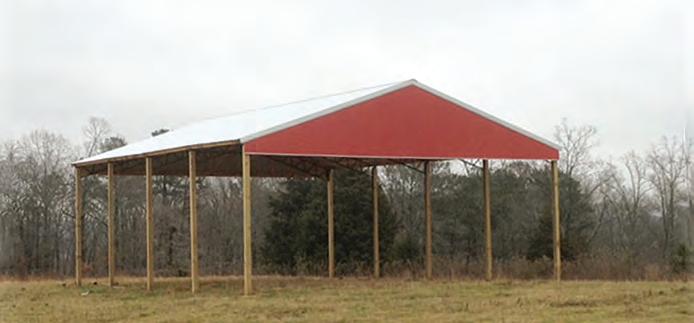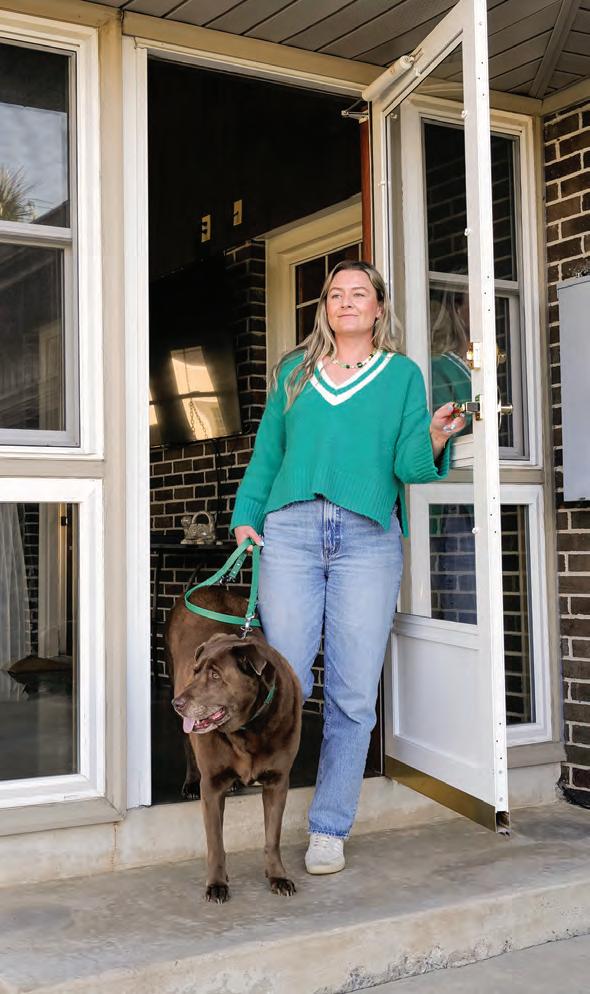
2 minute read
Get smart about home lighting
By Abby Berry
Gone are the days when a simple flip of the switch was the only choice for illuminating our homes. While we still have this tried-and-true option, we’ve entered a new era of innovative and intelligent technologies, which includes smart lighting.
Smart lighting connects to Wi-Fi and offers an array of cutting-edge functionality and convenience. Let’s look at the main benefits of smart lighting options.
Smart lighting is energy efficient. Most smart bulbs utilize LED technology, which is much more efficient than traditional incandescent lighting. Additionally, smart lighting gives you more control over how and when you light your home, ultimately resulting in less energy used for lighting.
Smart lighting provides convenience and control. Most smart bulbs can be controlled from an app on your smartphone or can be paired with your voice assistant, like Amazon Alexa. You can conveniently control lighting settings from anywhere in your home or when you’re away. Whether you want to set a schedule for lighting or adjust brightness levels, these smart options offer effortless control from the comfort of, well, anywhere!
Smart options empower you to personalize home lighting. Bright, warm, purple, green––whatever mood you want to create, smart lighting can help. For a more traditional look, try dimmable white bulbs. If you want to create the perfect ambiance for movie night, look for bulbs that can be adjusted for a variety of vibrant colors. The possibilities are endless.
While smart lighting offers convenience and control, keep in mind your wall light switch will need to stay “on” for you to control the smart bulb from your phone or via voice command. To use a smart bulb, the wall switch it’s connected to must be “on” so the bulb receives power, which enables it to connect to a Wi-Fi network.
If you need additional options to operate the lights, consider a smart light switch. Today’s smart switches tend to play nicely with smart bulbs. If you want to control your smart bulbs with a physical switch (in addition to using your phone and voice commands), look for smart switches that include a built-in feature that allows both. Many smart light switches include motion detectors as well.
If you’re looking to take the plunge and integrate multiple smart bulbs to your home lighting system, your best bet may be a kit, like the Philips Hue Starter Kit. Most kits include several bulbs and any additional tools you’ll need to get started.
If you’re new to smart home tech and looking to start small, try a smart bulb in a high-traffic area of your home. It’s also worth noting that smart plugs are a great starter option and allow convenient control of lamps or other lighting fixtures that are plugged in to a wall outlet. Smart plugs are inexpensive and simply plug in to your existing outlet. Electrical items that are connected to the smart plug can be controlled from a smart phone app, just like smart bulbs.

Whether you’re looking for more convenience, colorful options or better ways to manage energy use, smart lighting can provide multiple benefits. Determine which smart lighting features are most important for your needs, then start shopping!
Abby Berry writes on consumer and cooperative affairs for the National Rural Electric Cooperative Association, the national trade association representing more than 900 local electric cooperatives. From growing suburbs to remote farming communities, electric co-ops serve as engines of economic development for 42 million Americans across 56% of the nation’s landscape.










